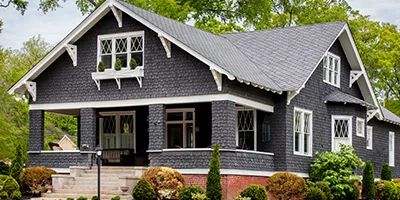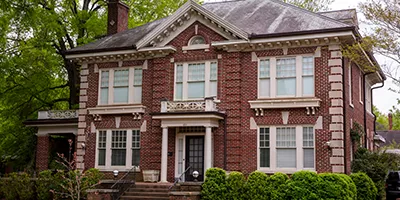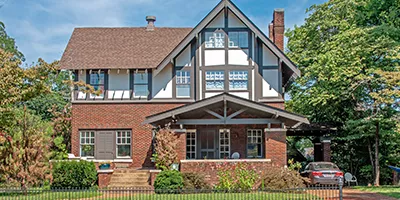
Stepping Back in Time: Your guide to “The Decaturs” historic districts
Did you know that Decatur was created from two different cities, each with its own history?
Old Decatur
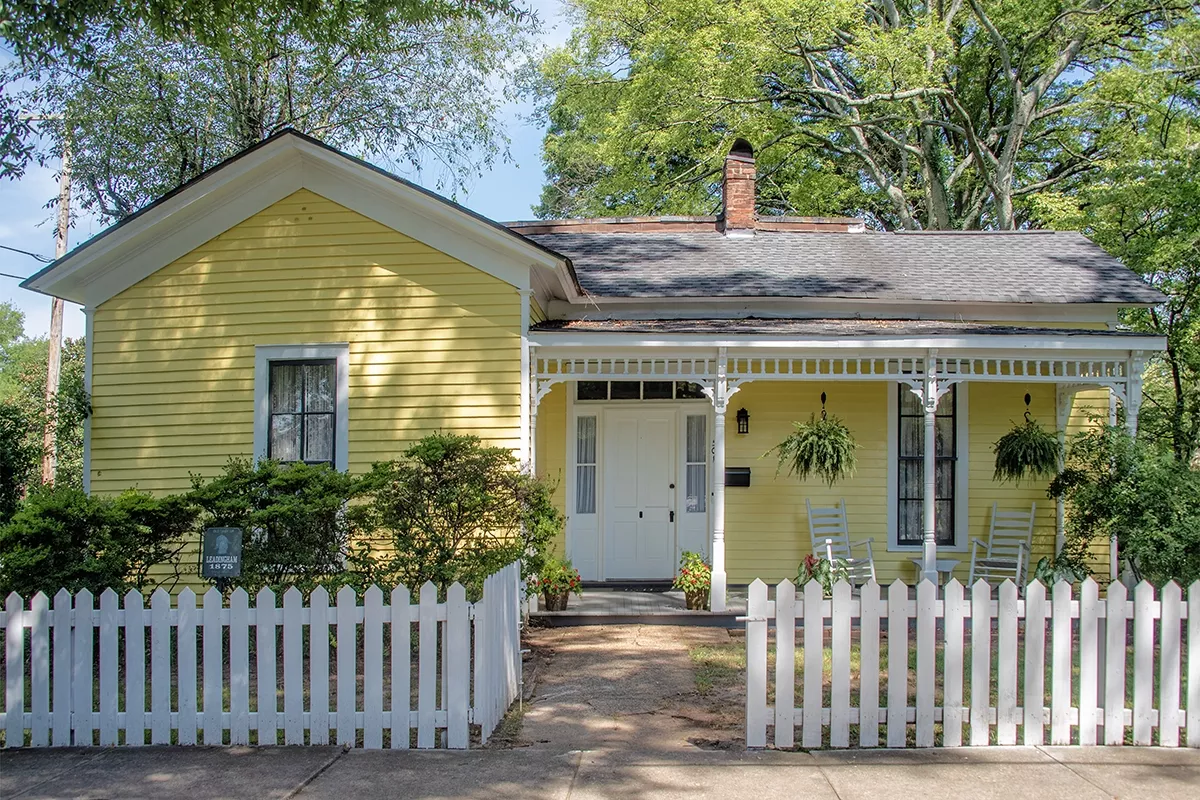
The Old Decatur historic neighborhood was platted in 1821, but the city was all but destroyed during the Civil War. When the town rebuilt, Victorian-styled architecture was in vogue. Many of the largest homes are in the newer portion of Old Decatur – Line and Ferry Streets. Line Street is named for the literal boundary line between the original plat and the first expansion of the city in 1836. The rest of the neighborhood has excellent examples of Victorian cottages, Craftsman, Tudor Revival, and an occasional Colonial Revival home. There is a rare example of a 1940s Art Moderne house at 522 Oak Street, constructed by local businesswoman Ruby Nash, as a wedding present for her daughter. The city’s original Carnegie Library still stands at 207 Church Street. It now houses a visual arts center which operates a free public art gallery. Old Decatur’s close proximity to Bank Street means you can easily finish (or start) your excursion at one of our local restaurants.
Albany
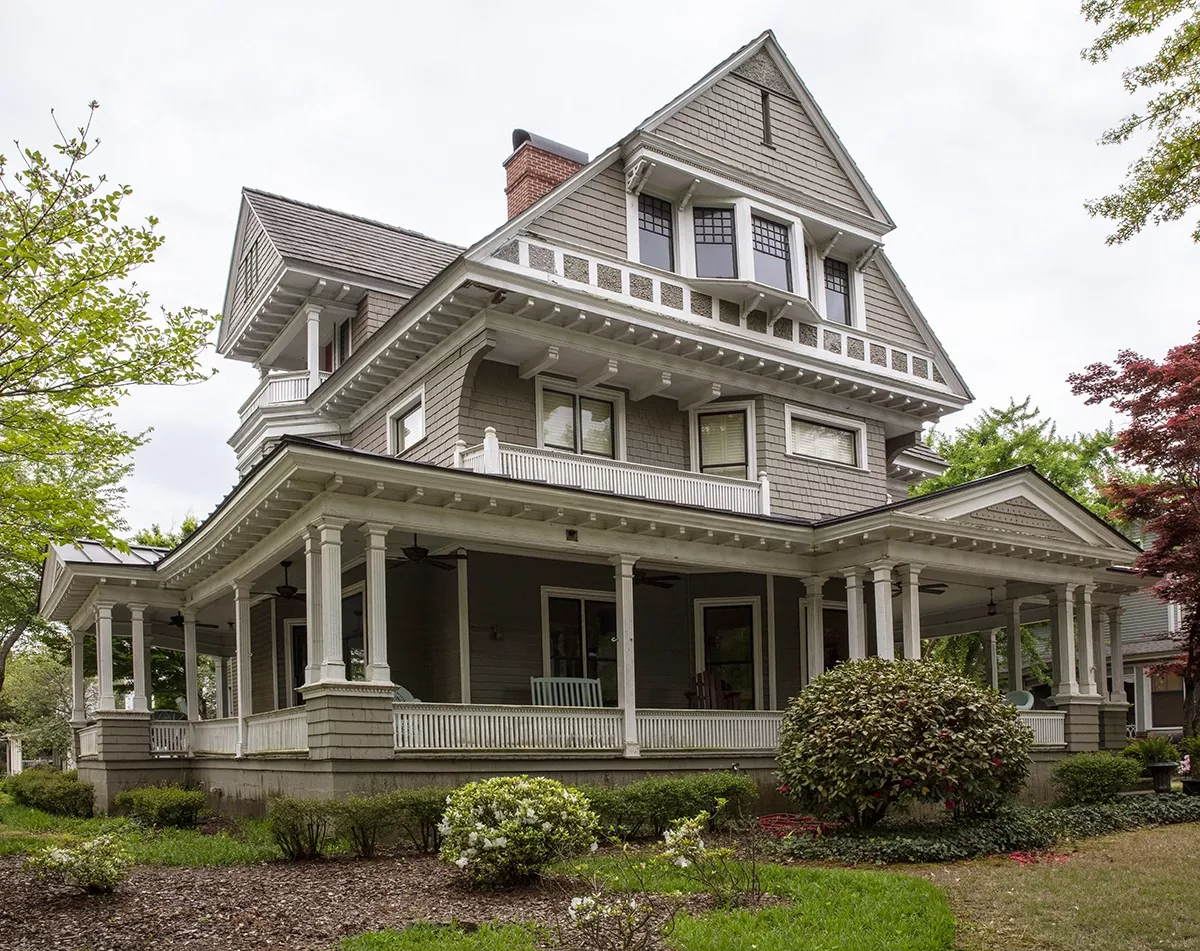
The Albany historic neighborhood was part of an entirely separate city, originally named New Decatur. The city’s commercial district was along 2nd Avenue. New Decatur was plated in 1887 by the Decatur Land Improvement and Furnace Company as a sister city to “Old Decatur.” The city had its own schools, churches, post office, and supported new industries along the river. Most of the earliest houses in the neighborhood are along Sherman and Jackson Streets, and showcase a variety of Victorian era designs, each more fanciful than the next. Smaller Craftsman, Tudor, and mid-20th century houses complete the neighborhood. The Albany District is anchored by Delano Park with a rose garden, walking paths, and a playground complete with a splash pad for younger members of the household. Originally created in 1887, the park had significant upgrades constructed in the 1930s by Alabama’s first female architect, Carolyn Cortner Smith. The park was named Delano in honor of President Franklin D. Roosevelt’s mother, Sara Ann Delano.
Tour “The Decaturs”
Guided tours of the districts are typically held in April, as part of tourism’s Saturday walking series. The Historic Decatur Association often hosts garden tours in May, and an annual Christmas tour, which allows visitors the ability to visit the inside of selected homes. Self-guided tours are always encouraged!


Caroline T. Swope
Caroline T. Swope is the historic preservation specialist for the City of Decatur. She has a master’s in historic preservation from Ball State University and a doctorate in architectural history from the University of Washington, Seattle. With an extensive background in cultural resource management, she joined the city in 2019. She manages multiple grants and projects for the city, including the restoration of Old State Bank, and the city’s Underrepresented Communities Grant from the National Park Service, which is updating National Register nominations in the city. She also assists the city’s Architectural Review Board and the Historic Preservation Commission.
A former board member of the Alabama Trust for Historic Preservation, she currently serves as a trainer for the National Alliance of Historic Preservation Commissions. She lives in a historic home in the Albany Historic District that she restored in 2020.
